Nowadays it is standard, when publishing a chess game, to give the names of both players. This was not always the case. In the 19th century it was quite common to reveal the winner’s name while leaving the loser identified solely as ‘anon’ for anonymous. Occasionally this was for the perfectly good reason that the loser’s identity had been mislaid in the age before modern communications, though there could also have been the fear in certain cases that the defeated player, insulted at seeing his name in print attached to some chessboard calamity, might challenge the publisher to a duel.
In...
Already a subscriber? Log in
Subscribe for just $2 a week
Try a month of The Spectator Australia absolutely free and without commitment. Not only that but – if you choose to continue – you’ll pay just $2 a week for your first year.
- Unlimited access to spectator.com.au and app
- The weekly edition on the Spectator Australia app
- Spectator podcasts and newsletters
- Full access to spectator.co.uk
Unlock this article
You might disagree with half of it, but you’ll enjoy reading all of it. Try your first month for free, then just $2 a week for the remainder of your first year.

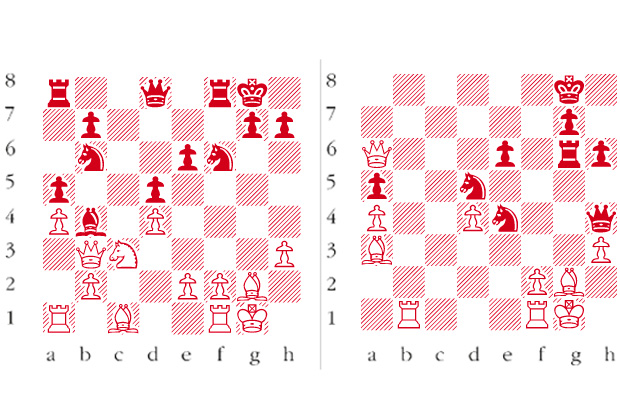


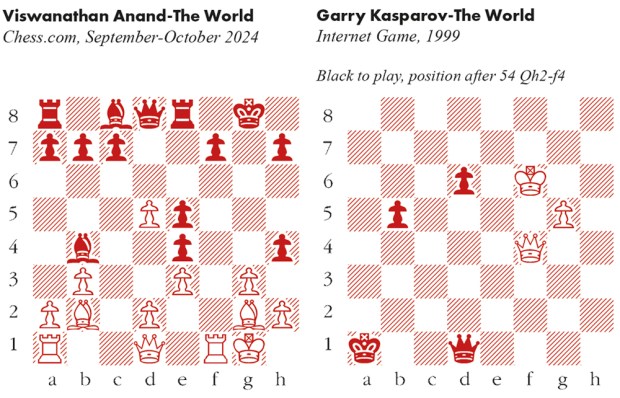
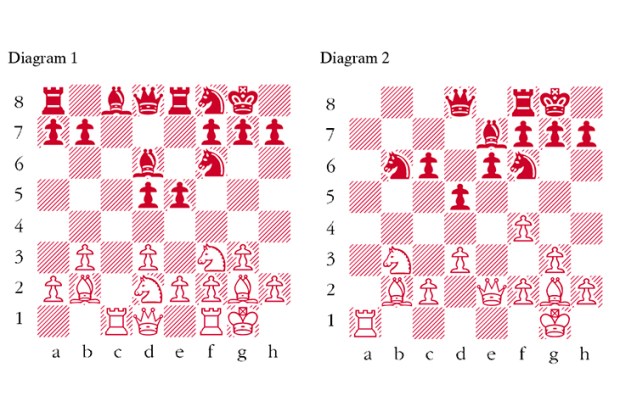
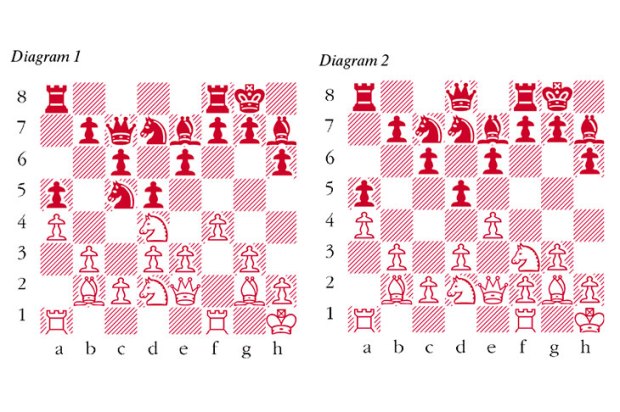
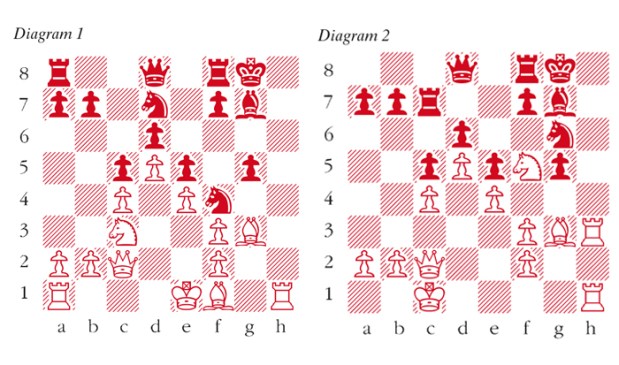






Comments
Don't miss out
Join the conversation with other Spectator Australia readers. Subscribe to leave a comment.
SUBSCRIBEAlready a subscriber? Log in